Home>Furniture>Outdoor Furniture>How To Deter Frogs From Patio
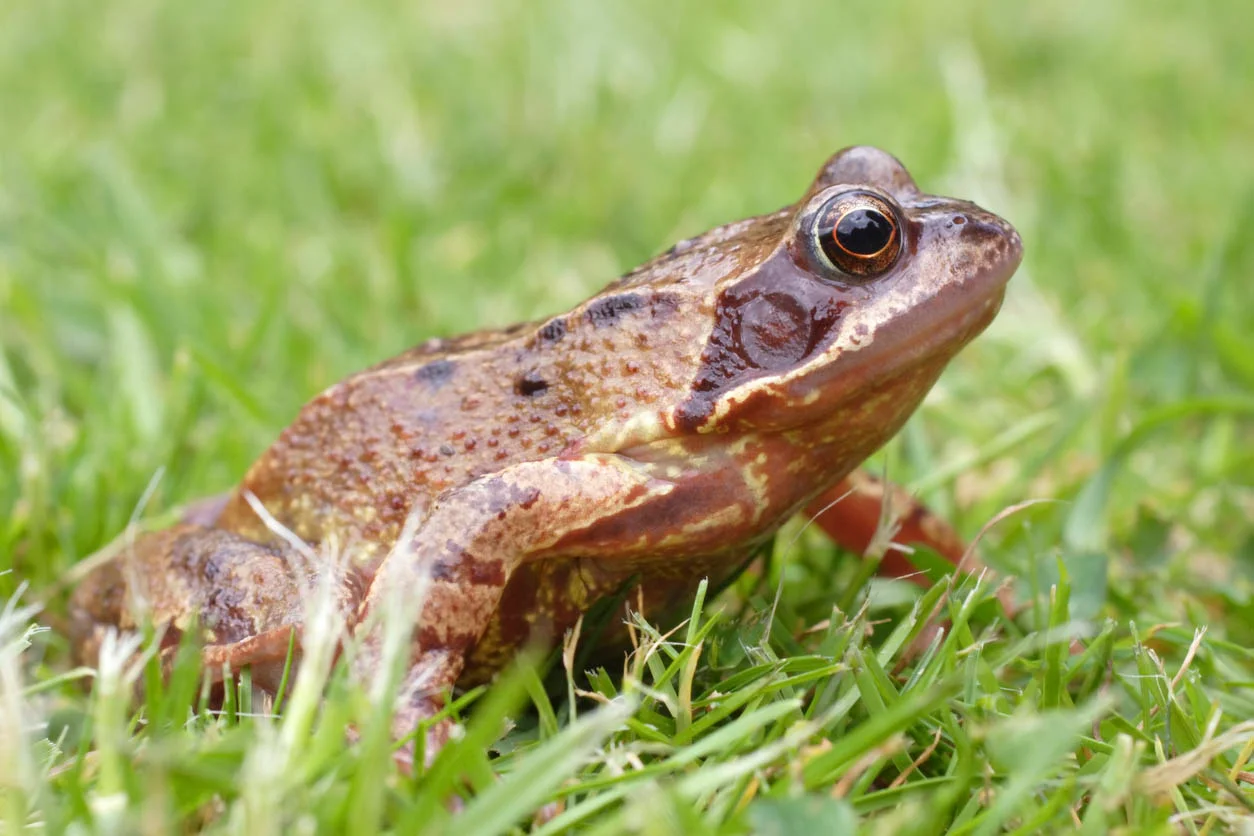

Outdoor Furniture
How To Deter Frogs From Patio
Modified: August 27, 2024
Looking for ways to keep frogs away from your patio and outdoor furniture? Discover effective techniques to deter frogs and enjoy your outdoor space without any unwanted amphibian visitors.
(Many of the links in this article redirect to a specific reviewed product. Your purchase of these products through affiliate links helps to generate commission for Storables.com, at no extra cost. Learn more)
Introduction
Having a patio is a great way to enjoy the outdoors and create an inviting space for relaxation and entertainment. However, one common issue that patio owners often face is dealing with unwanted guests, such as frogs. While frogs may be harmless creatures, their presence on the patio can be a nuisance, leaving behind droppings and causing a mess. If you’re tired of finding frogs hopping around your patio, this article will provide you with effective methods to deter them.
Before we dive into the solutions, it’s important to understand the habits of frogs and why they are attracted to patios in the first place. Frogs are amphibians that thrive in moist and damp environments. They are attracted to areas near water sources, as they need water for breeding and survival. Patios, with their concrete surfaces and nearby potted plants, can provide an environment that attracts frogs.
Now that we have a better understanding of frogs’ habits, let’s explore the common problems caused by their presence on patios. Firstly, frogs can leave behind droppings, which not only look unsightly but can also be slippery and hazardous. Additionally, frogs are known for their distinctive croaking sounds, which can be disruptive, especially during the evenings when you’re trying to enjoy a peaceful outdoor environment. Lastly, if left unchecked, frogs can breed and multiply, resulting in a larger and more persistent population on your patio.
Fortunately, there are several natural methods you can employ to keep frogs away from your patio. These methods are safe and environmentally friendly, ensuring that you maintain a harmonious balance with nature. Additionally, we will discuss the installation of physical barriers and the use of repellents specifically designed to deter frogs. Sealing entry points to prevent frog infestation and maintaining a frog-free patio area will also be explored.
By implementing the strategies outlined in this article, you can effectively deter frogs from your patio, creating a clean and enjoyable outdoor space for you and your guests. So, let’s dive in and discover how to keep those unwanted amphibious visitors at bay!
Key Takeaways:
- Keep frogs away from your patio by removing water sources, adjusting lighting, and using natural repellents. Regular maintenance and vigilance are key to maintaining a frog-free outdoor space.
- Create a frog-free patio by installing physical barriers, sealing entry points, and maintaining cleanliness. Respect and protect frogs while enjoying a clean and enjoyable outdoor experience.
Read more: How To Deter Bees From A Patio
Understanding the Habits of Frogs
Before we delve into the various methods of deterring frogs from your patio, it’s essential to gain a better understanding of their habits. Frogs are cold-blooded amphibians that require a moist environment to survive. They are attracted to areas near water sources, such as ponds, streams, or even small puddles.
Frogs are most active during warm and humid weather conditions, typically during the spring and summer months. They are nocturnal creatures, meaning they are more active at night. During the daytime, you may find them taking refuge in shaded areas or hiding under plants and vegetation.
Frogs have a remarkable ability to jump, often traveling long distances with just a single leap. This makes it easy for them to find their way onto your patio, especially if there are plants or trees nearby that serve as a launching pad.
Another important aspect to consider is the presence of insects and other small invertebrates. Frogs primarily feed on insects and spiders, making your patio an attractive hunting ground if there is an abundant food source available. The vegetation and potted plants on your patio may also provide shelter for these prey species, further luring frogs to the area.
When it comes to breeding, frogs require bodies of water to lay their eggs. If you have a water feature or pond near your patio, it increases the likelihood of frogs being present. They may be drawn to the water to mate and lay their eggs, resulting in an influx of tadpoles and eventually adult frogs on your patio.
Now that we have a better understanding of frog habits, it’s clear that they are attracted to patios that provide the necessary elements for their survival and reproduction – moisture, shelter, and a food source. By recognizing these factors, we can devise effective strategies to deter frogs from invading our outdoor living spaces.
Common Problems Caused by Frogs on Patios
While frogs are fascinating creatures in their natural habitat, they can become problematic when they start frequenting your patio. Let’s explore some of the common problems caused by frogs on patios:
- Mess and cleanliness: Frogs can leave behind droppings, which can be unsightly and unpleasant to clean up. These droppings can also create a slippery surface, posing a safety hazard for those walking on the patio.
- Noise disturbance: Frogs are well-known for their croaking sounds, especially during their mating season. While some find this symphony of nature charming, others may find it disruptive, particularly if you’re trying to enjoy a quiet evening on your patio.
- Unwanted guests: If you don’t take proactive measures to deter frogs, they can multiply rapidly on your patio. This can result in an overpopulation of frogs, leading to an increased likelihood of encountering them during your outdoor activities.
- Plant damage: Frogs may disturb your potted plants by digging in the soil, uprooting plants, or feeding on foliage. This can be detrimental to the health and aesthetics of your plants, hindering your gardening efforts.
- Health and safety concerns: While frogs are generally harmless creatures, there is a small risk of encountering certain species that may be toxic or carry diseases. Additionally, if you have pets or young children, there may be concerns about them coming into contact with frogs and potentially getting injured.
It’s important to address these issues and take action to prevent and deter frogs from making your patio their makeshift home. By implementing effective frog deterrent methods, you can maintain a clean and peaceful outdoor space where you can relax and enjoy the company of friends and family without the presence of these unwanted amphibian guests.
Natural Methods to Keep Frogs Away from Patios
If you’re looking for safe and environmentally friendly ways to deter frogs from your patio, there are several natural methods you can try. These methods are effective in discouraging frogs from taking up residence on your patio without causing harm to the amphibians or the surrounding ecosystem. Here are some natural methods to keep frogs away from patios:
- Remove water sources: Since frogs are attracted to areas near water, removing or minimizing potential water sources near your patio can help deter them. Ensure that any birdbaths, water features, or containers that collect rainwater are either removed or properly sealed to prevent frogs from accessing them.
- Adjust lighting: Frogs are nocturnal creatures and are drawn to well-lit areas at night. By adjusting your outdoor lighting to be less attractive to frogs, you can discourage them from venturing onto your patio. Consider using motion-sensor lights or reducing the intensity of the lights around your patio.
- Keep the area clean: Regularly clean your patio to remove fallen leaves, debris, and other organic matter that can attract insects. By eliminating their food source, you make your patio less appealing to frogs, as they primarily feed on insects.
- Introduce predators: Natural predators of frogs, such as snakes and certain bird species, can help deter them from your patio. Creating a bird-friendly environment by installing bird feeders or nesting boxes can attract birds that feed on frogs, naturally reducing their presence.
- Use plants as deterrents: Certain plants have repellent properties that can deter frogs. These include plants with strong scents like marigolds, lemongrass, or citronella. Planting these around your patio can help create a barrier that frogs find unappealing.
- Make use of vinegar: Spraying a solution of diluted white vinegar around your patio can help repel frogs. The strong odor of vinegar can discourage them from approaching the area. However, be cautious when using vinegar near plants, as it can potentially harm them.
Remember, these natural methods may not completely eliminate frogs from your patio, but they can significantly reduce their presence. It’s important to be consistent and persistent with these techniques to create an environment that is unattractive to frogs. By adopting these natural deterrent methods, you can enjoy a frog-free patio without harming these unique and essential members of our ecosystem.
Installing Physical Barriers
When it comes to keeping frogs away from your patio, installing physical barriers can be an effective and long-lasting solution. These barriers create a physical boundary that prevents frogs from accessing your patio area. Here are some strategies for installing physical barriers:
- Fencing: Installing a fence around your patio can help keep frogs out. Make sure that the fence is at least 2 feet high and has no gaps or openings that frogs can squeeze through.
- Mesh screens: Covering openings such as windows, doors, and vents with fine mesh screens can prevent frogs from entering your patio. Ensure that the mesh is tight and securely attached to eliminate any gaps.
- Sealing cracks and gaps: Inspect your patio for any cracks, crevices, or gaps that may serve as entry points for frogs. Use sealant or caulk to seal these openings and prevent frogs from gaining access.
- Elevated planters: If you have potted plants on your patio, consider elevating them on stands or shelves. This makes it harder for frogs to reach the plants and reduces the likelihood of them taking shelter within the foliage.
- Remove potential hiding spots: Remove any objects such as rocks, logs, or piles of debris from around your patio. These can serve as hiding spots for frogs, making it easier for them to access your patio.
- Water barriers: Constructing a moat or shallow trench filled with water around your patio can act as a deterrent for frogs. Frogs are hesitant to cross bodies of water, and this barrier can discourage them from approaching your patio.
When installing physical barriers, it’s important to ensure that they are secure and well-maintained. Regularly inspect and repair any damages or gaps that may have developed over time. By implementing these physical barriers, you create a more controlled environment that is less inviting to frogs, giving you a frog-free patio for uninterrupted enjoyment.
To deter frogs from your patio, try keeping the area dry and free of standing water, as frogs are attracted to moisture. You can also use natural repellents like citronella or garlic to keep them away.
Read more: How To Deter Rats From The Patio
Using Repellents for Frog Deterrence
If you’re looking for additional methods to deter frogs from your patio, using repellents can be an effective solution. Repellents work by emitting smells or tastes that frogs find unpleasant, discouraging them from staying in the area. Here are some types of repellents you can use:
- Natural repellents: There are several natural substances that frogs find repulsive, such as garlic, onion, chili powder, and coffee grounds. Sprinkling these around your patio or creating a homemade spray by mixing them with water can help deter frogs. However, be cautious when applying these substances near plants, as they may affect their health.
- Commercial frog repellents: There are also commercially available frog repellents specifically designed to deter frogs. These repellents typically use natural ingredients and are safe for the environment. Look for products that contain ingredients like citronella, peppermint oil, or vinegar, as these are known to repel frogs.
- Ultrasonic repellents: Ultrasonic devices emit high-frequency sounds that are inaudible to humans but can be irritating to frogs and other pests. These devices can be placed around your patio to create a deterrent zone. However, the effectiveness of ultrasonic repellents may vary, and they may not work for all species of frogs.
- Water sprays: Using a water spray can be an effective short-term method to deter frogs. Frogs dislike being sprayed with water, and a gentle spray from a garden hose can encourage them to leave your patio area. However, this method requires consistent effort and may not be suitable for all situations.
It’s important to remember that repellents may not provide a foolproof solution for deterring frogs, as their effectiveness can vary depending on factors such as the species of frogs, the environment, and individual frog behavior. Additionally, repellents should be used in conjunction with other deterrence methods for the best results.
Before using any repellents, make sure to read and follow the instructions provided by the manufacturer. Avoid using toxic chemicals or substances that may harm the frogs or the environment. If you have concerns about the impact of repellents on other wildlife, consult with a local wildlife expert or conservation authority for guidance.
By using repellents cautiously and responsibly, you can create an environment that is less attractive to frogs, helping to keep your patio frog-free and enjoyable for all.
Sealing Entry Points to Prevent Frog Infestation
Preventing frogs from entering your patio begins with identifying and sealing potential entry points. By blocking off these access areas, you can effectively deter frogs from invading your outdoor space. Here are some steps to help you seal entry points:
- Inspect the perimeter: Carefully examine the edges of your patio and look for any cracks or openings that frogs could use to gain entry. This includes gaps between the patio and walls, doorways, windows, and vents.
- Weatherstripping and door sweeps: Install weatherstripping around doors and windows to create a tight seal and prevent frogs from squeezing through small gaps. Consider adding door sweeps to the bottom of doors to further restrict entry for frogs and other pests.
- Seal gaps with caulk or sealant: Use caulk or sealant to fill in any cracks or openings that you find. Pay attention to areas around pipes, cables, and utilities that may have small gaps that frogs can exploit.
- Screen vents and openings: Cover vents and other openings with fine mesh screens to prevent frogs from entering. Ensure that the screens are securely attached and have no gaps or tears that frogs can slip through.
- Fill in gaps in landscaping: If you have gaps or openings in your landscaping, such as gaps between rocks or gaps under fences, fill them in with soil or rocks to eliminate potential entry points for frogs.
- Secure crawl spaces: If you have crawl spaces or areas beneath your patio, ensure they are properly sealed. Repair any damaged or loose panels and use screening or mesh material to cover openings, preventing frogs from getting underneath.
Regular maintenance and inspection of your patio area will ensure that any new cracks or openings are promptly addressed. By maintaining a well-sealed patio, you can significantly reduce the likelihood of frog infestations and other pest problems.
Remember, frogs can squeeze through surprisingly small spaces, so it’s essential to be thorough in sealing potential entry points. Take the time to carefully examine your patio and address any vulnerabilities. By sealing entry points, you create a fortified barrier that discourages frogs from invading your outdoor space.
Maintaining a Frog-Free Patio Area
Once you have implemented the necessary measures to deter frogs from your patio, it’s important to maintain a frog-free environment to ensure long-term success. By adopting good maintenance practices, you can create an inhospitable environment for frogs, encouraging them to seek alternative habitats. Here are some tips for maintaining a frog-free patio area:
- Remove standing water: Regularly check for and eliminate any sources of standing water on your patio. This includes emptying saucers under potted plants, clearing clogged drains, and ensuring that rainwater doesn’t collect in any surface depressions.
- Keep a tidy patio: Regularly sweep or hose down your patio to remove debris, fallen leaves, and any potential hiding spots for frogs. Maintaining a clean and clutter-free patio makes it less appealing for frogs.
- Trim vegetation: Keep plants and shrubs trimmed and well-maintained. Overgrown vegetation can provide hiding places and shelter for frogs. By reducing their hiding spots, you make your patio less attractive to them.
- Inspect and repair: Routinely inspect the perimeter of your patio for any cracks or gaps that may have developed over time. Promptly repair any damages to maintain a secure and sealed patio area.
- Practice proper lighting: Consider using yellow or amber outdoor lights, as they are less attractive to insects and, subsequently, frogs. Avoid bright white lights that tend to draw in insects and create an appealing hunting ground for frogs.
- Minimize food sources: Take measures to reduce the presence of insects and other small invertebrates on your patio. This can include using natural pest control methods, like removing food and water sources for pests, or employing traps or repellents.
- Regularly monitor: Keep an eye on your patio for any frog activity, especially during warmer months or after rainfall. Detecting any signs of frogs early on allows you to take immediate action and make necessary adjustments to your deterrence methods.
Consistency is key when it comes to maintaining a frog-free patio. By incorporating these practices into your routine, you can create an environment that is less attractive to frogs, ultimately reducing their presence and ensuring a peaceful and enjoyable outdoor space.
It’s important to note that some frog species are protected and should not be harmed or removed from their natural habitat. If you encounter a protected species, consult with local wildlife authorities for guidance on how to handle the situation appropriately.
Remember, maintaining a frog-free patio area requires ongoing effort and vigilance. By incorporating these maintenance practices into your patio care routine, you can continue to enjoy a beautiful and frog-free outdoor space for years to come.
Conclusion
Keeping frogs away from your patio can be challenging, but with the right strategies and preventive measures, you can create a frog-free outdoor space. Understanding the habits of frogs, the problems they may cause, and the natural methods available for deterrence is essential in finding the most suitable solutions for your patio.
By implementing natural methods such as removing water sources, adjusting lighting, maintaining cleanliness, introducing predators, using plants as deterrents, and applying vinegar or natural repellents, you can make your patio less inviting to frogs. Additionally, installing physical barriers, sealing entry points, and conducting regular maintenance play crucial roles in preventing frog infestations.
Consistency in your efforts is key to maintaining a frog-free patio. Regularly inspecting and addressing any vulnerabilities, promptly repairing damages, and practicing proper maintenance techniques will help ensure the long-term success of your frog deterrence methods.
It’s important to remember that frogs are vital members of our ecosystem, playing a crucial role in controlling insect populations. While it’s understandable that you want to enjoy a frog-free patio, it’s equally important to respect and protect these creatures. Be mindful of using deterrents and repellents that are safe for the environment and avoid causing harm to frogs or other wildlife.
By following the guidelines outlined in this article, you can create a clean, safe, and enjoyable patio space free from the annoyance of frogs. Whether you’re entertaining guests, spending time with family, or simply relaxing on your patio, you now have the knowledge to deter frogs and make the most of your outdoor experience.
Remember, a frog-free patio is not only about practicality but also about creating a space where you can fully enjoy the beauty and tranquility of the outdoors. So, take the necessary steps to deter frogs and create the perfect outdoor oasis that suits your needs and lifestyle.
Frequently Asked Questions about How To Deter Frogs From Patio
Was this page helpful?
At Storables.com, we guarantee accurate and reliable information. Our content, validated by Expert Board Contributors, is crafted following stringent Editorial Policies. We're committed to providing you with well-researched, expert-backed insights for all your informational needs.

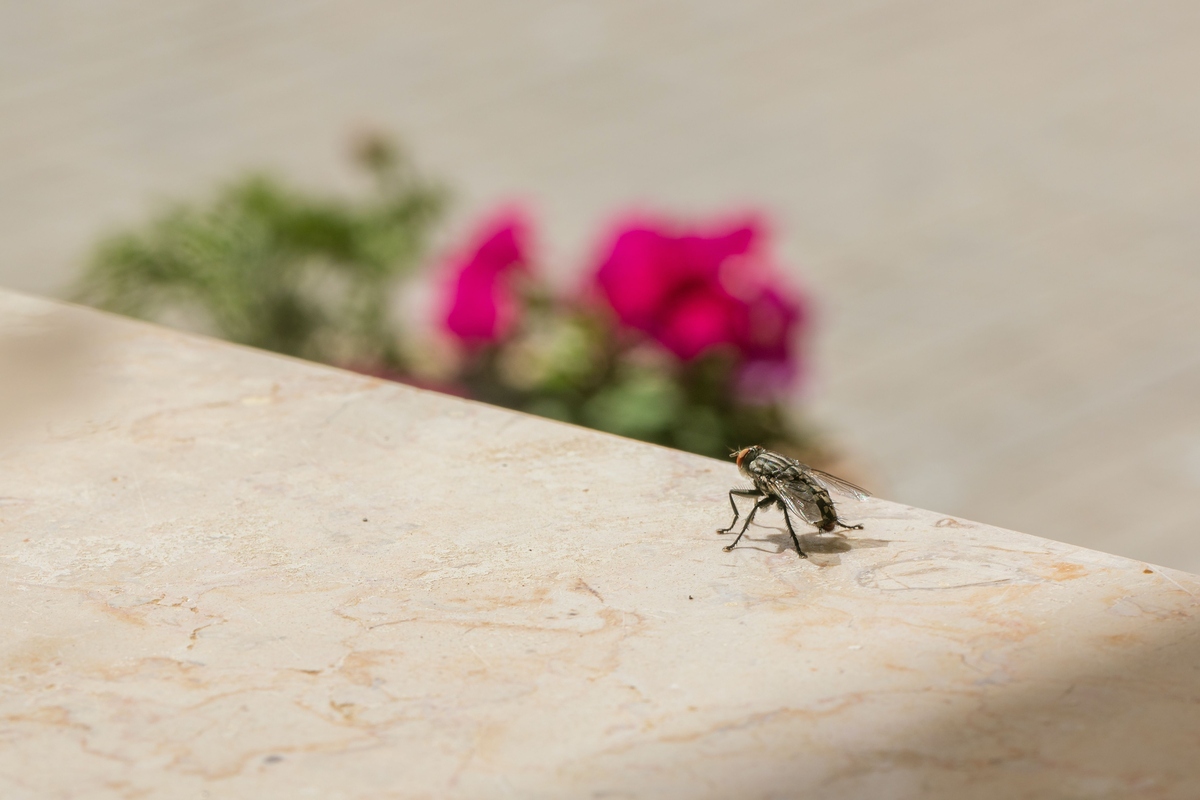


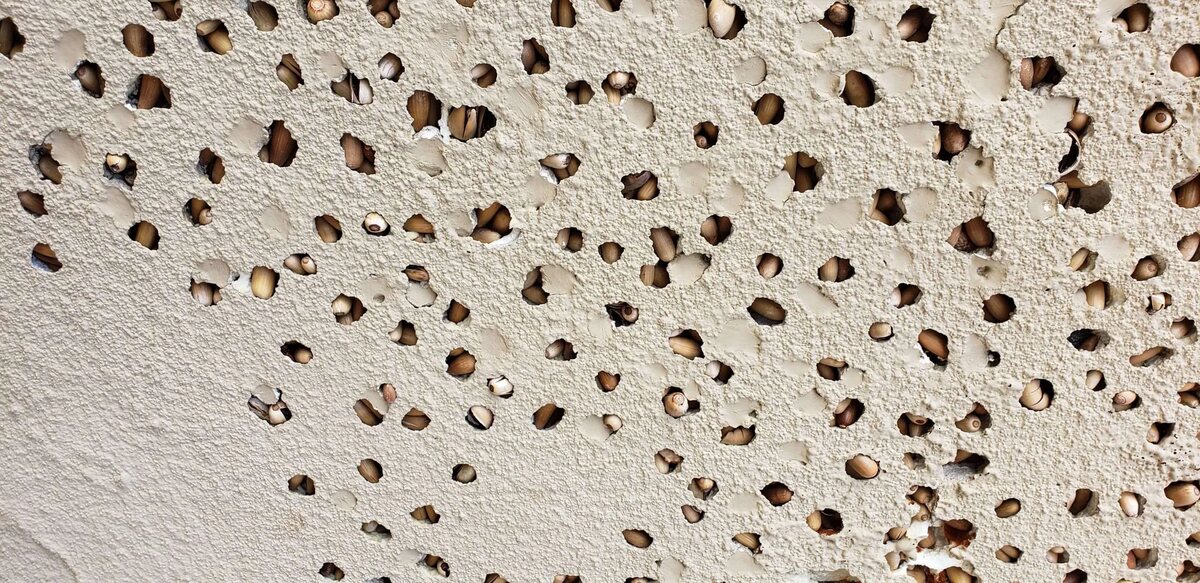
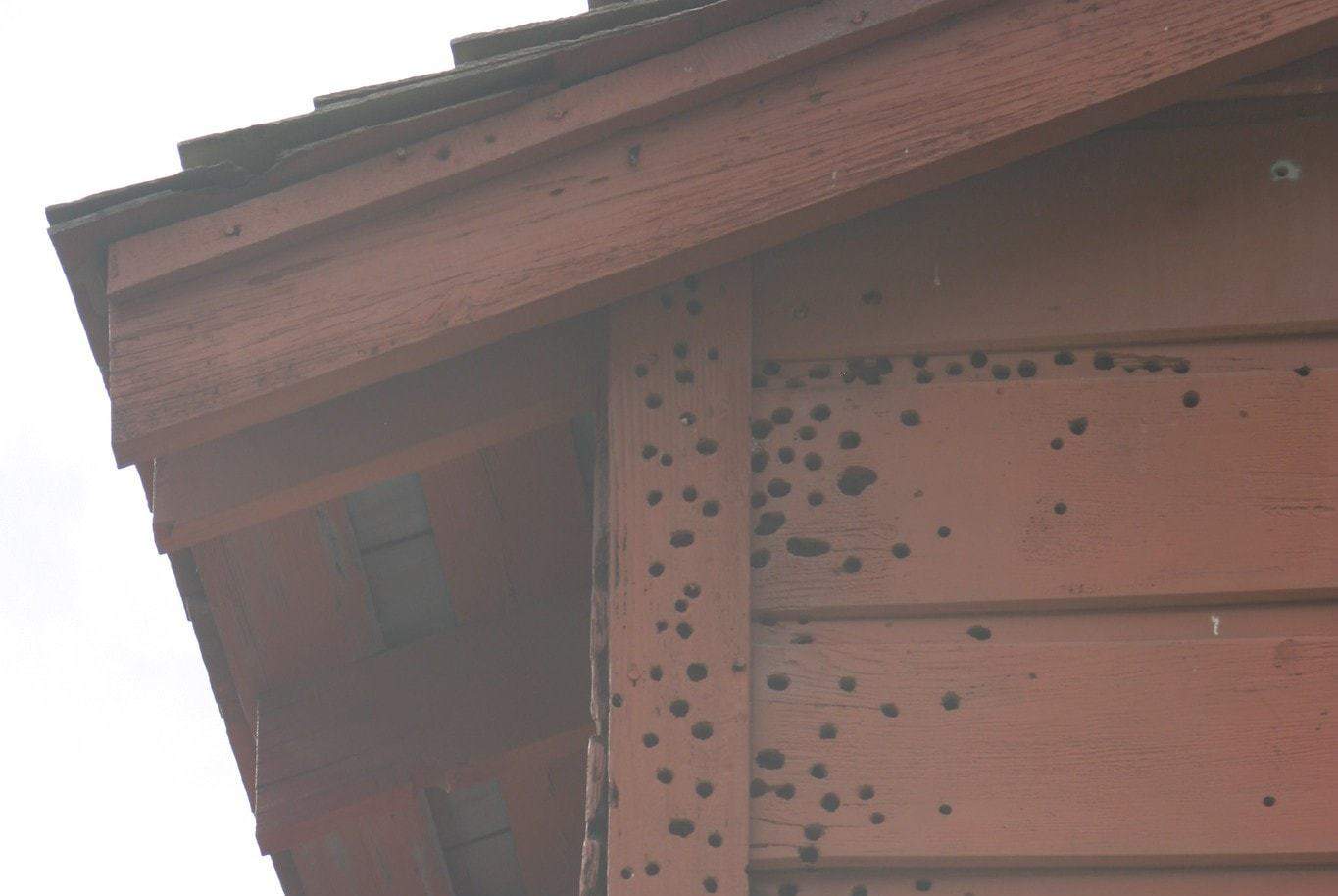




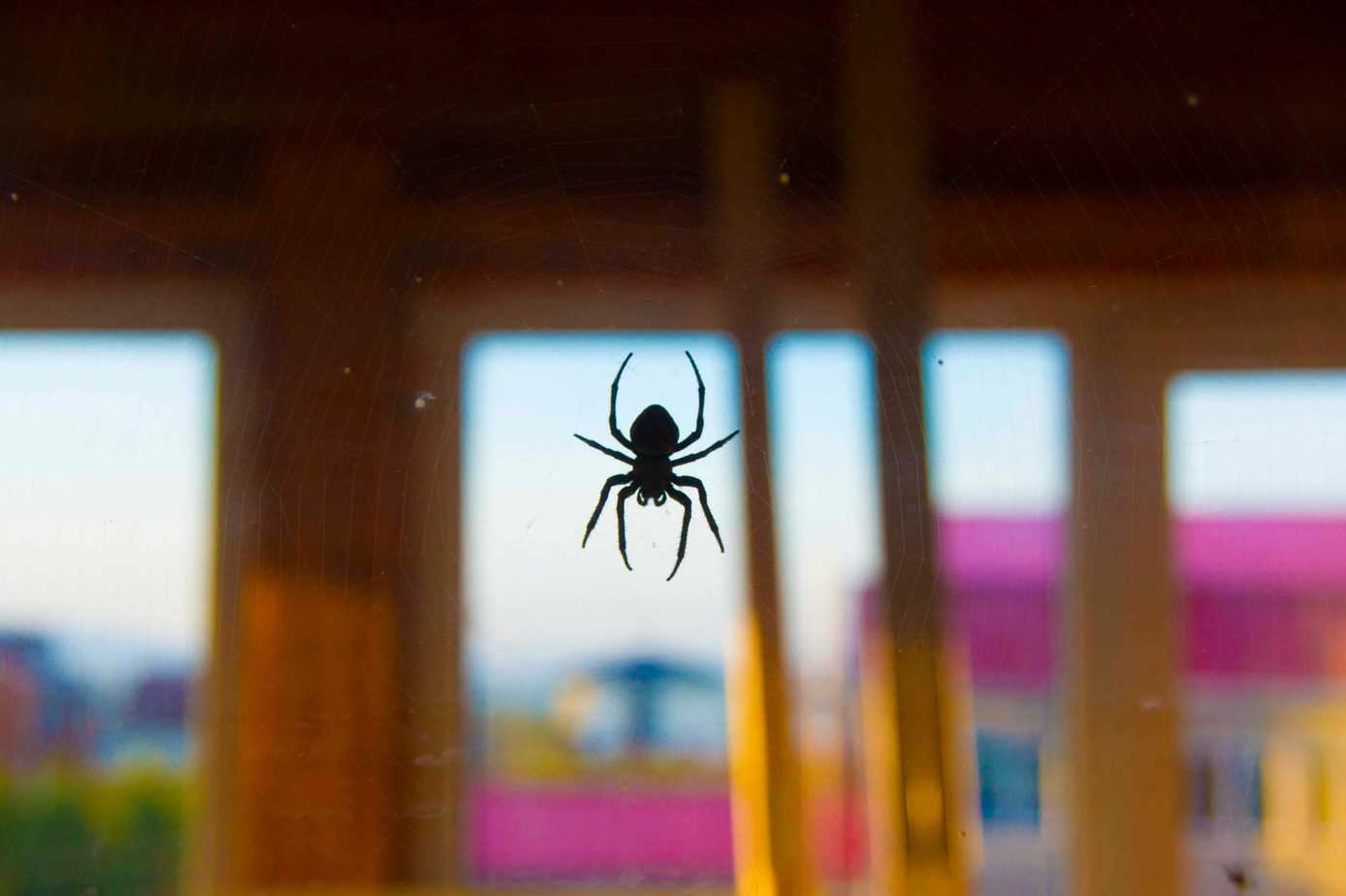

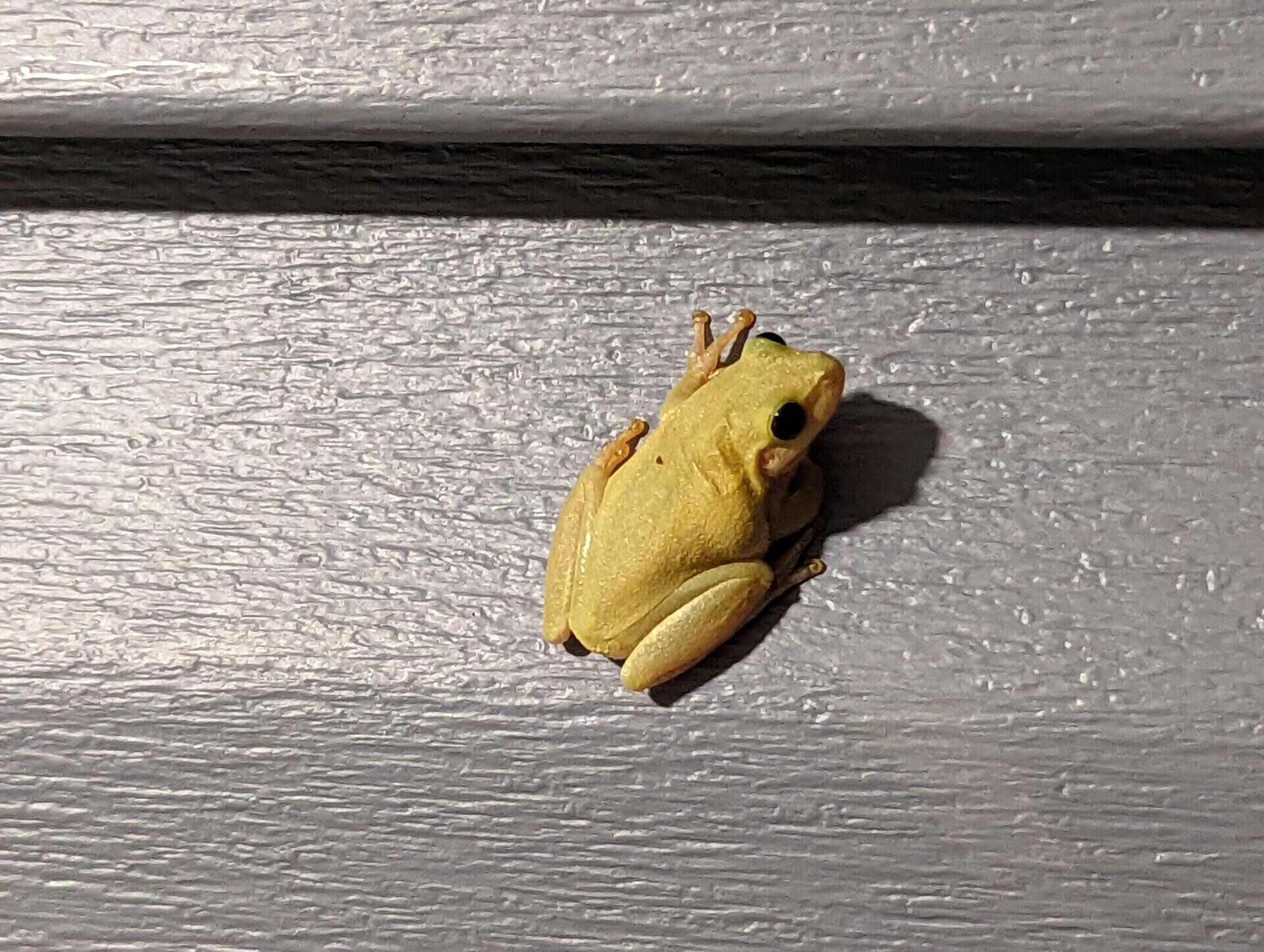


0 thoughts on “How To Deter Frogs From Patio”